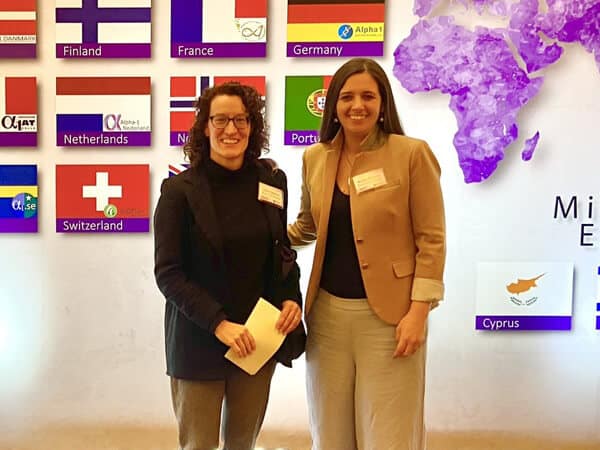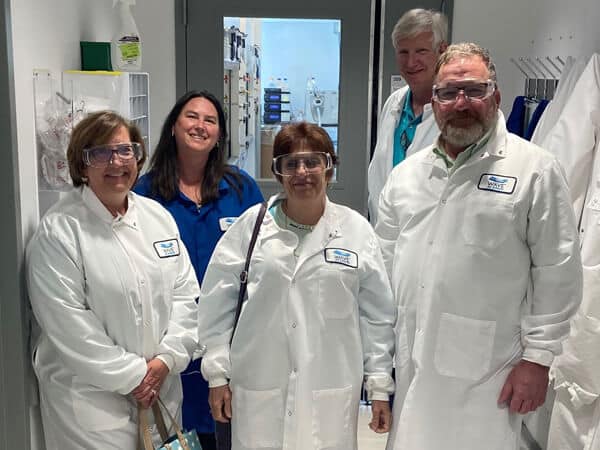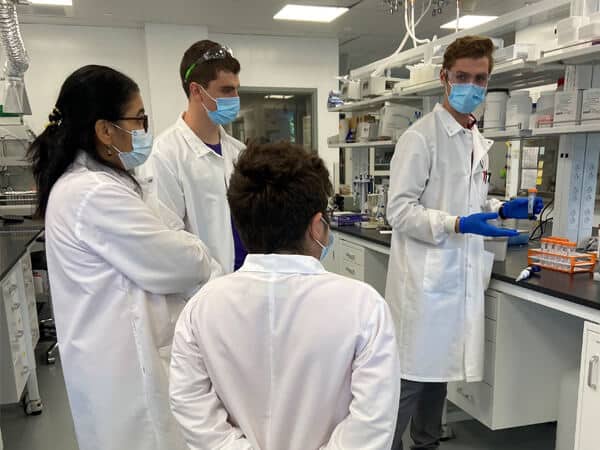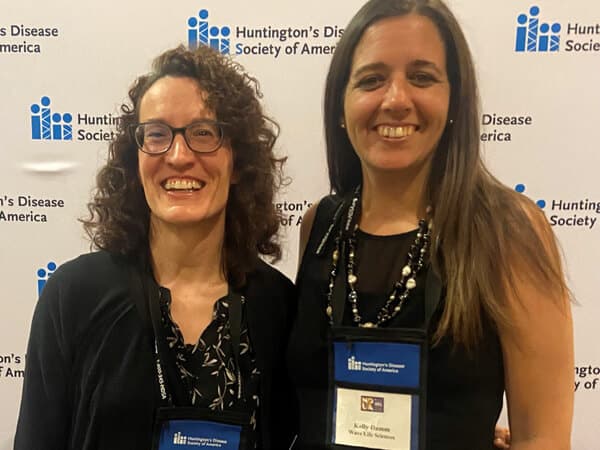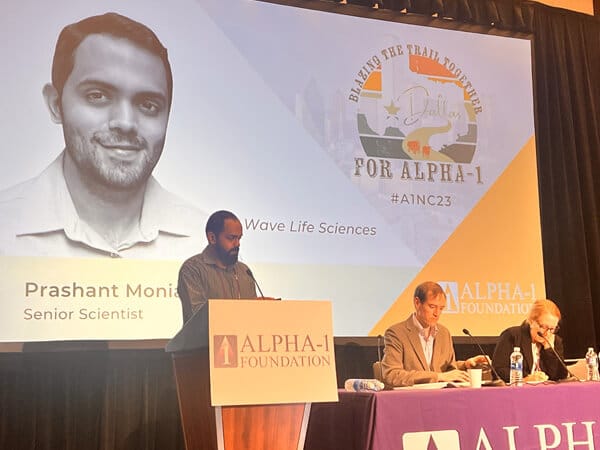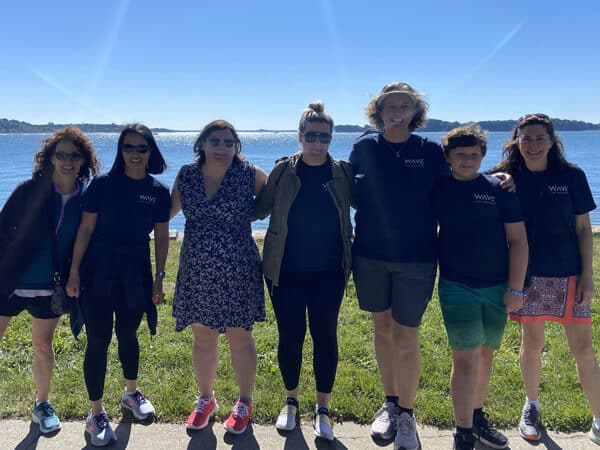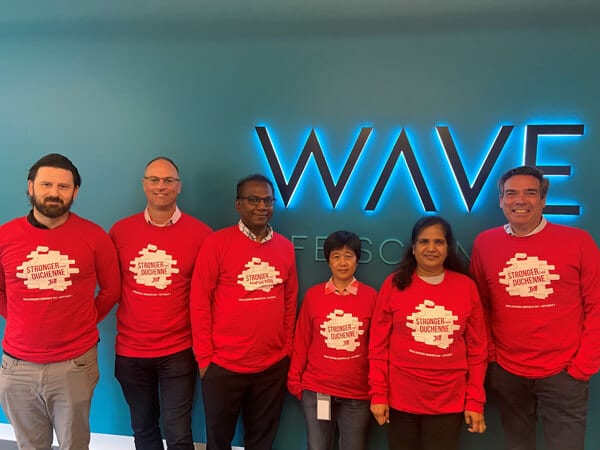
Our greatest priority is you and your family
At Wave, we are working urgently to bring transformational medicines to people living with serious and life-altering diseases.

To achieve this goal, we strive every day to serve as a trusted partner and advocate, and we are determined to put your interests first. We work at every stage of research and development to incorporate perspectives and guidance from the communities we serve. We also believe that our impact increases exponentially through collaboration. To that end, we work closely with advocacy organizations, our industry collaborators, and the broader scientific community to advance shared priorities.
Together, we are making meaningful progress toward a world in which human potential is no longer hindered by the burden of disease.
Information about our clinical research programs
Select the topic you are interested in
Duchenne muscular dystrophy
Huntington’s disease
Learn more about our research
Updates from Wave
Read the latest updates on our clinical programs.
Connect with our patient advocacy team
Our approach to patient advocacy is rooted in the belief that listening to and learning from your experiences is essential for catalyzing meaningful

Chelley Casey
Vice President
Patient Advocacy

Kelly Damm
Senior Manager
Patient Advocacy
Wave is a clinical-stage RNA medicines company committed to delivering life-changing treatments for people battling devastating diseases. Driven by a resolute sense of urgency, Wave is focused on research and development of treatments that target a broad range of diseases, so that patients and families may realize a brighter future.
We believe the best, most appropriate way to deliver on our commitment—and drive the greatest benefit to the patient community as quickly as possible—is through our clinical trial programs. Please find information on Wave’s ongoing clinical trials here.
We recognize that not all patients will be able to enter these clinical trials, and, in some cases, the patient’s physician may seek access to an investigational medicine. These requests are considered expanded access, or the use of an investigational new drug outside of a clinical trial for the diagnosis, monitoring, or treatment of patients with a life-threatening or seriously debilitating disease or condition who do not meet the enrollment criteria for clinical trials.
Given the early stage of our clinical development programs, our responsibility to “do no harm” to patients, and our steadfast commitment to advancing clinical understanding of our investigational medicines to benefit the most patients as quickly as possible, Wave does not currently offer an expanded access program for our investigational therapies. As more data on our investigational therapies become available, we will continue to review our policy on expanded access.
If you have any questions regarding Wave’s Expanded Access policy, please contact [email protected].

